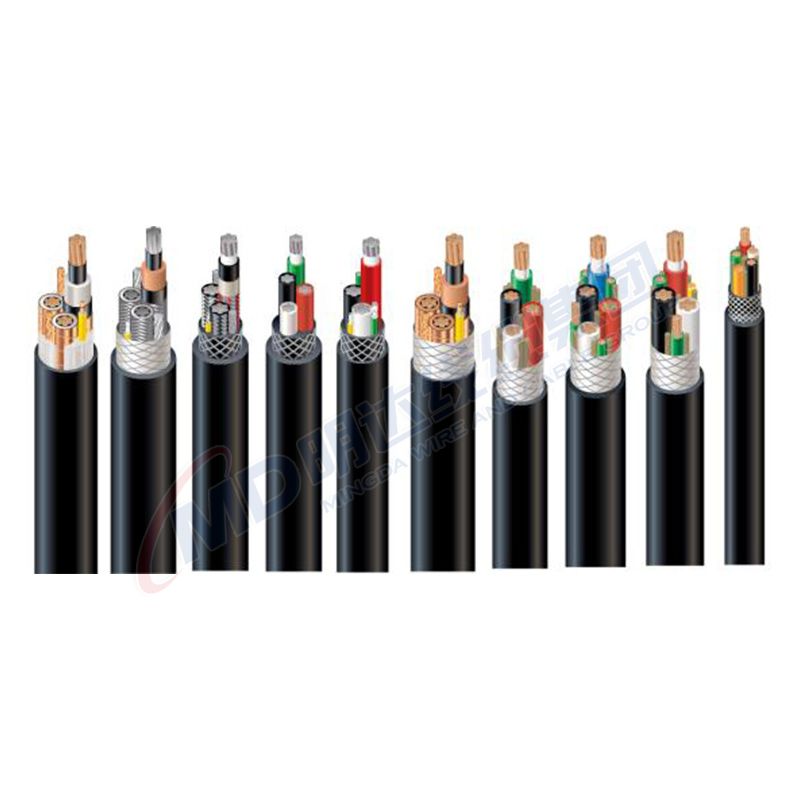10 月 . 05, 2024 11:53 Back to list
actuated valve
The Role and Functionality of Actuated Valves in Modern Industries
Actuated valves play a pivotal role in various industries, serving as critical components in the automation of fluid control systems. These valves are equipped with actuators, which are devices that convert energy into mechanical motion, enabling precise control over fluid flow, temperature, and pressure within a system. As industries strive for greater efficiency and operational reliability, the importance of actuated valves has become increasingly pronounced.
Understanding Actuated Valves
An actuated valve consists of three primary components the valve itself, the actuator, and the control system. The valve controls the flow of liquids or gases, while the actuator provides the necessary force to open or close the valve as needed. The control system, which can be manual or automated, dictates when and how the actuator operates.
There are several types of actuators commonly used with valves, including electric, pneumatic, and hydraulic actuators. Each type has its advantages and is suited for specific applications. Electric actuators are favored for their precision and ease of integration with electronic control systems. Pneumatic actuators, on the other hand, are known for their quick response times and are often used in applications requiring rapid valve operation. Hydraulic actuators provide the highest force output, making them ideal for heavy-duty applications.
Applications and Benefits
Actuated valves are employed across a wide range of sectors, including water treatment, oil and gas, chemical processing, and HVAC systems. Their ability to automate the flow of fluids contributes to improved operational efficiency, enhanced safety, and significant energy savings.
In the water treatment industry, for instance, actuated valves allow for the automatic regulation of water flow, ensuring optimal treatment processes and maintaining water quality
. In the oil and gas sector, these valves help manage the flow of liquids and gases under high pressure, reducing the risks of spills and leaks.One of the greatest advantages of actuated valves is their ability to improve system reliability and reduce human intervention. Automated systems can be programmed to respond to changes in pressure or flow rates, minimizing the risk of human error. This characteristic is particularly beneficial in hazardous environments where manual operation may pose safety risks.
actuated valve

Challenges and Considerations
While actuated valves offer numerous benefits, there are challenges that must be considered. The initial cost of purchasing and installing actuated valves can be higher than manual valves. Additionally, maintaining and servicing actuators requires specialized knowledge, which can lead to increased operational costs.
Moreover, the selection of the appropriate type of actuator is crucial for optimal performance. Factors such as the specific application, environmental conditions, and required response times must be carefully evaluated. For example, in environments with extreme temperatures or corrosive substances, selecting a durable material for the actuator is essential to ensure longevity and reliability.
The Future of Actuated Valve Technology
As technology continues to advance, the future of actuated valves looks promising. The integration of smart technologies, such as the Internet of Things (IoT) and artificial intelligence, is transforming how these valves are monitored and controlled. Smart actuated valves can provide real-time data on performance metrics, allowing operators to make informed decisions regarding maintenance and operation.
Moreover, developments in materials science are leading to the creation of more resilient and efficient actuators that can withstand harsh conditions while reducing energy consumption. As industries continue to adopt more sustainable practices, enhancing the efficiency and performance of actuated valves will be critical.
Conclusion
In conclusion, actuated valves are integral components in the automation of fluid control systems across various industries. Their ability to streamline processes, reduce human error, and improve safety makes them indispensable in modern operations. While challenges exist in terms of cost and maintenance, the benefits far outweigh these concerns. As technological advancements continue to shape the future of actuated valves, we can expect even greater efficiencies and innovations that will further enhance their role in industrial applications. Embracing this technology is key to achieving operational excellence and sustainability in an ever-evolving industrial landscape.
Share
-
Understanding the Differences Between Wafer Type Butterfly Valve and Lugged Butterfly ValveNewsOct.25,2024
-
The Efficiency of Wafer Type Butterfly Valve and Lugged Butterfly ValveNewsOct.25,2024
-
The Ultimate Guide to Industrial Swing Check Valve: Performance, Installation, and MaintenanceNewsOct.25,2024
-
Superior Performance with Industrial Swing Check Valve: The Essential Valve for Any SystemNewsOct.25,2024
-
Industrial Swing Check Valve: The Ideal Solution for Flow ControlNewsOct.25,2024
-
You Need to Know About Industrial Swing Check Valve: Functionality, Scope, and PerformanceNewsOct.25,2024